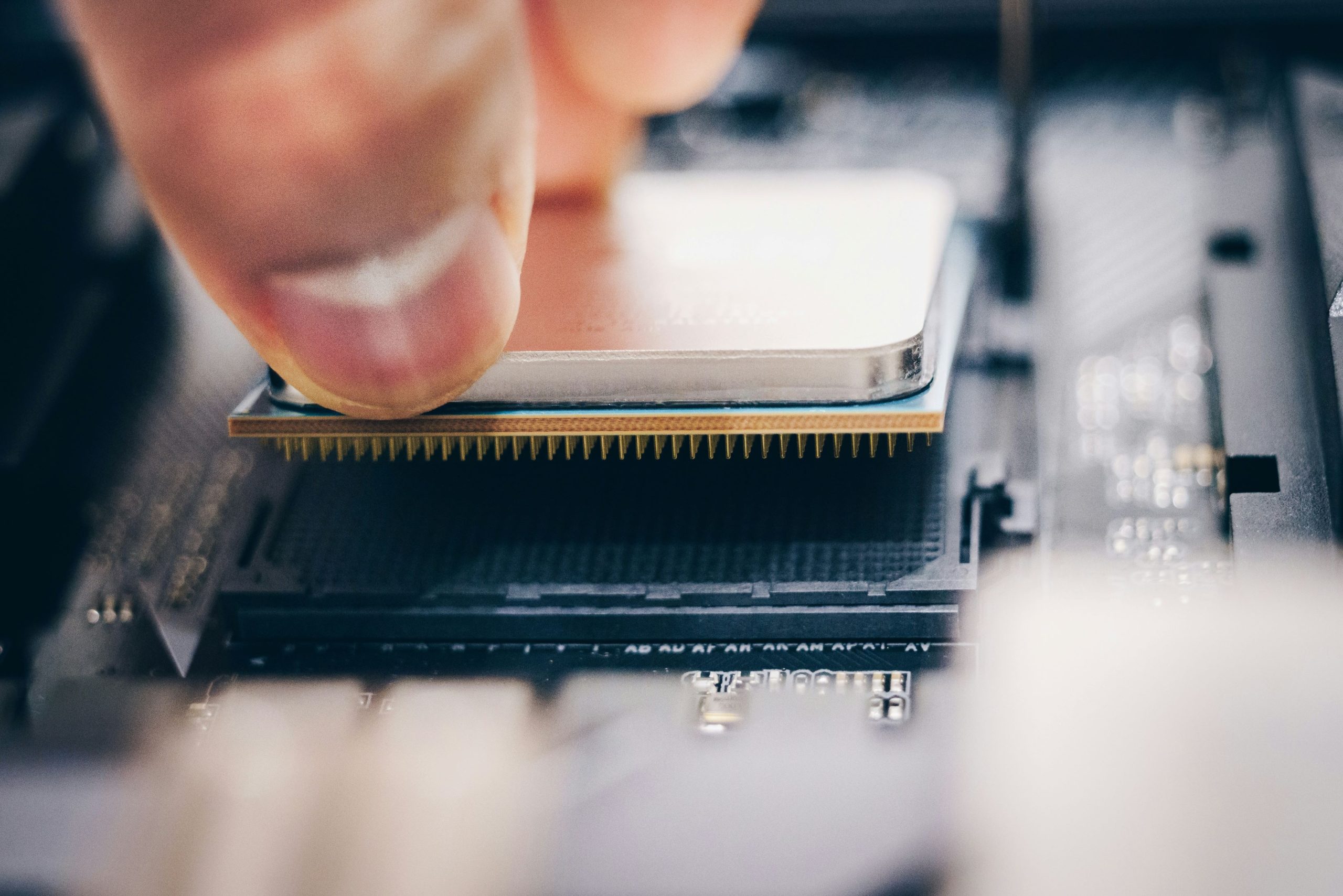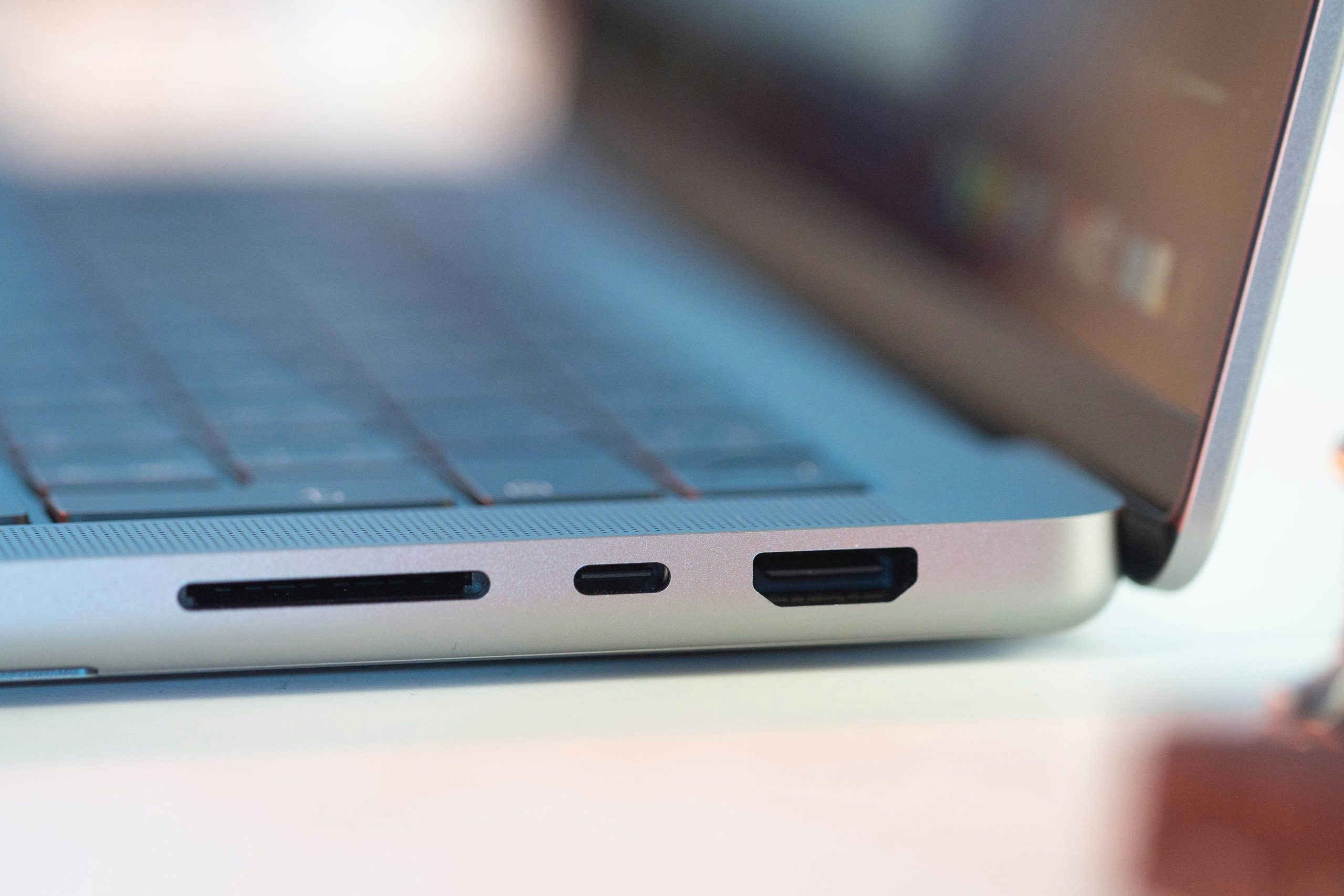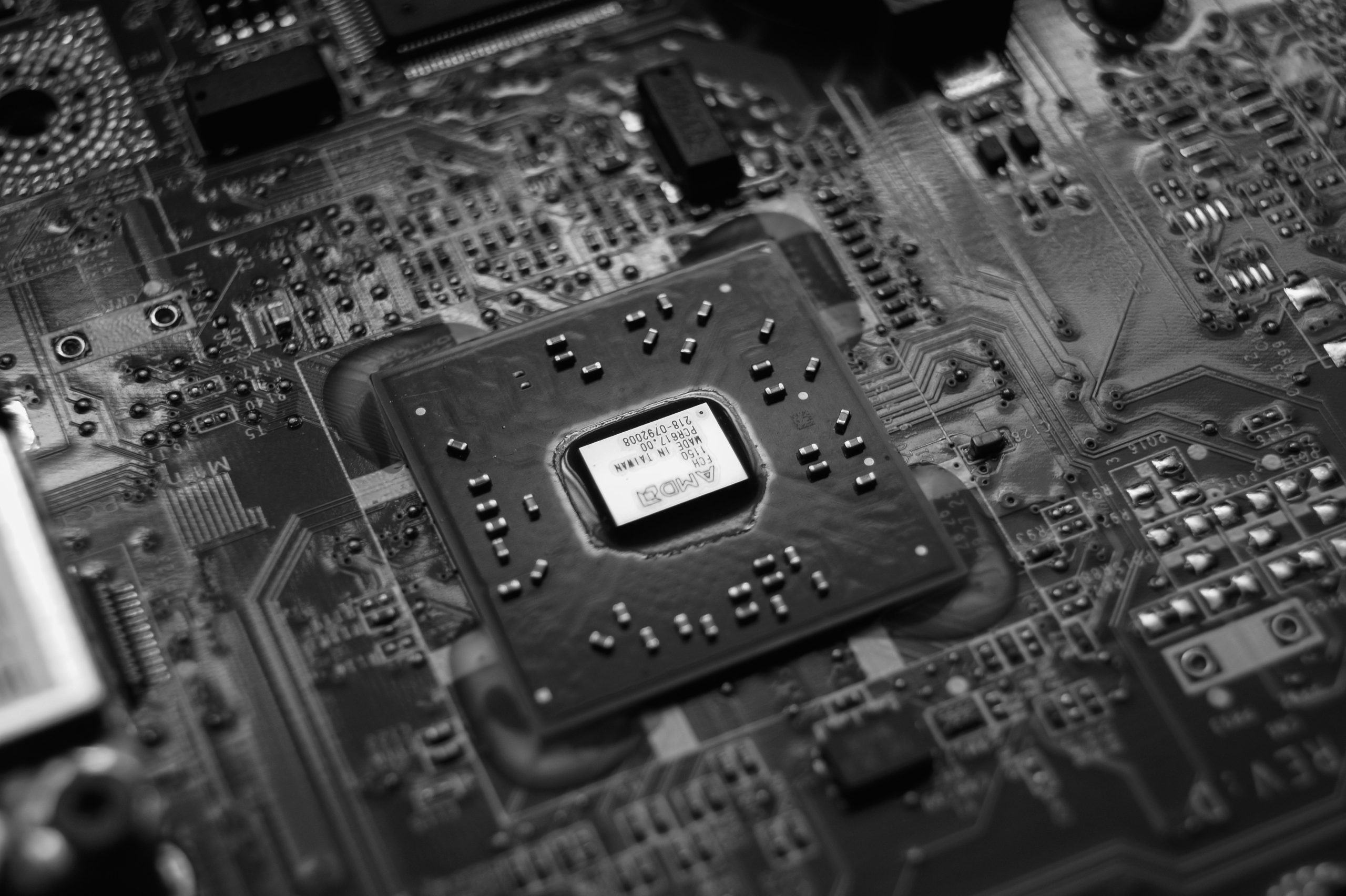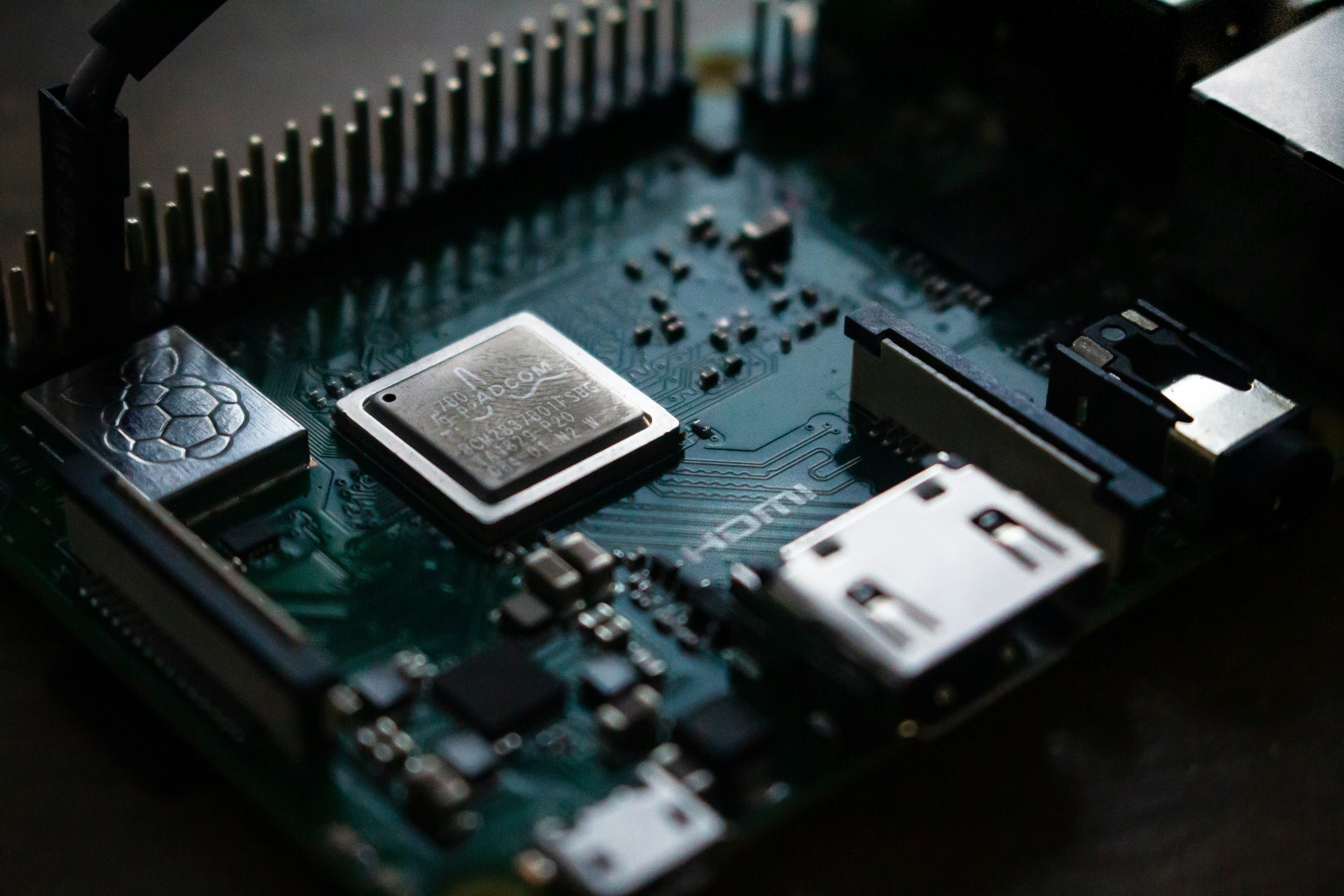Have you ever found yourself staring at the back of your CPU, feeling overwhelmed by the multitude of connectors and ports? Fear not, for we have crafted the ultimate guide to deciphering the front panel of your CPU with labeled connectors. In this comprehensive article, we will unravel the mysteries behind each port, empowering you to confidently connect your devices without any confusion or hesitation. From USB ports to audio jacks, we will explore every nook and cranny of your CPU’s backside, shedding light on their functions and importance in today’s digital age.
Introduction: Understanding the importance of backside connectors
When it comes to computer components, the backside connectors often seem like an afterthought compared to flashy graphics cards or high-powered processors. However, understanding the importance of backside connectors is crucial for maximizing the functionality and usability of your CPU. These connectors play a vital role in facilitating communication between various devices and peripherals, allowing for seamless data transfer and connectivity.
One key aspect to consider is the versatility that backside connectors provide. From USB ports for connecting external storage devices to audio jacks for headphones and microphones, these connectors offer a wide range of possibilities for expanding your system’s capabilities. Additionally, proper utilization of backside connectors can help improve cable management and maintain a clean setup overall. By recognizing the significance of these seemingly mundane components, you can elevate your computing experience to new levels of efficiency and convenience.
 Power Connectors: Essential components for powering CPU
Power Connectors: Essential components for powering CPU
Power connectors are the unsung heroes of CPU assembly, ensuring smooth and efficient power delivery to the heart of your computer system. These essential components come in various shapes and sizes, each designed to provide a secure connection and reliable power supply. From the traditional 24-pin ATX connector to the supplementary CPU power connectors like the 4-pin or 8-pin EPS, these connectors play a crucial role in keeping your CPU running at peak performance.
Choosing the right power connectors for your CPU setup can make a significant difference in stability and overall system performance. It’s important to consider factors such as wattage requirements, motherboard compatibility, and future upgradability when selecting these connectors. Additionally, paying attention to cable management and ensuring proper seating of these connectors can help prevent issues such as voltage drops or overheating. Investing in high-quality power connectors is a small yet crucial step towards building a reliable and efficient computer system that meets your computing needs.
USB Ports: Connecting external devices for data transfer
USB ports are the unsung heroes of modern computing, facilitating seamless connections between external devices and your computer for quick and efficient data transfer. Gone are the days of cumbersome cables and complicated setups; USB ports provide a simple plug-and-play solution that has revolutionized how we interact with our devices. Whether you’re transferring photos from your camera, backing up important files to an external hard drive, or connecting peripherals like keyboards and mice, USB ports offer versatile functionality that enhances the usability of your computer.
The evolution of USB technology has also brought about faster data transfer speeds and increased power delivery capabilities. With advancements like USB 3.0 and USB-C, users can enjoy lightning-fast data transfers and rapid charging for their devices. The convenience of having multiple USB ports on most modern computers means you can connect a variety of devices simultaneously without any hassle. In today’s digital age, where connectivity is key, USB ports play a crucial role in keeping us productive and connected to the world around us.
Audio Connectors: Enabling sound output and input functions
Audio connectors play a crucial role in enabling the transmission of sound signals to and from electronic devices. From traditional headphone jacks to modern digital audio interfaces, these connectors facilitate seamless communication between various audio components. Understanding the different types of audio connectors can enhance your overall sound experience and allow for greater versatility in connecting audio devices.
One commonly used audio connector is the 3.5mm headphone jack, which is found on most smartphones, laptops, and music players. This universal connector allows for easy connection of headphones or external speakers, providing a convenient way to enjoy multimedia content. On the other hand, professional audio setups often utilize XLR connectors for their balanced signal transmission capabilities, reducing interference and ensuring high-quality sound output.
Whether you’re a casual music listener or an audio enthusiast, having a basic knowledge of audio connectors can greatly improve your overall listening experience. Experimenting with different types of connectors and understanding their unique characteristics can help you achieve better sound quality and connectivity across your devices. Stay informed about the latest advancements in audio technology to take full advantage of what these connectors have to offer in enhancing your sound output and input functions.
 Video Outputs: Connecting monitors and display devices
Video Outputs: Connecting monitors and display devices
When it comes to connecting monitors and display devices to your CPU, understanding video outputs is key. The most common video output found on modern computers is the HDMI port, which provides high-quality audio and video transmission in one cable. DisplayPort is another popular option that offers high resolution and refresh rates for a smooth visual experience. Additionally, VGA ports are still present on some systems but are becoming increasingly rare due to their analog nature.
It’s important to note that different monitors and display devices may require specific types of video outputs, so it’s essential to check compatibility before making a connection. For users looking to connect multiple monitors or displays, graphics cards with multiple output options are available for added flexibility. Understanding the capabilities of each video output can help optimize your visual setup for gaming, productivity, or multimedia purposes.
Network Ports: Establishing internet connectivity for the CPU
As vital as hardware components are, the aspect of network ports in establishing internet connectivity for the CPU cannot be overlooked. The network ports serve as gateways for data exchange between the computer and external networks, ensuring seamless communication. Ethernet ports, commonly found on motherboards, facilitate high-speed wired connections, offering stability essential for tasks like online gaming or video streaming.
Furthermore, understanding the different types of network ports available is crucial in maximizing internet connectivity potential. While Ethernet ports dominate due to their reliability and speed benefits, USB-C ports are gaining popularity for their versatility and compatibility with various devices. Embracing a diverse range of network port options can optimize internet connectivity options tailored to specific user needs and preferences.
 Conclusion: Importance of understanding backside connectors in CPUs
Conclusion: Importance of understanding backside connectors in CPUs
Understanding the backside connectors in CPUs is crucial for optimizing performance and compatibility. These often-overlooked components play a significant role in connecting the CPU with external devices, ensuring seamless communication and data transfer. By mastering these connectors, users can harness the full potential of their hardware setup and avoid common connectivity issues.
Moreover, delving into the intricacies of backside connectors can unlock a world of possibilities in terms of customization and expandability. From adding additional storage drives to integrating specialized peripherals, a comprehensive knowledge of these connectors empowers users to tailor their computing experience to their specific needs. Embracing this level of understanding not only enhances functionality but also fosters a deeper appreciation for the intricate design and functionality of modern CPUs.



